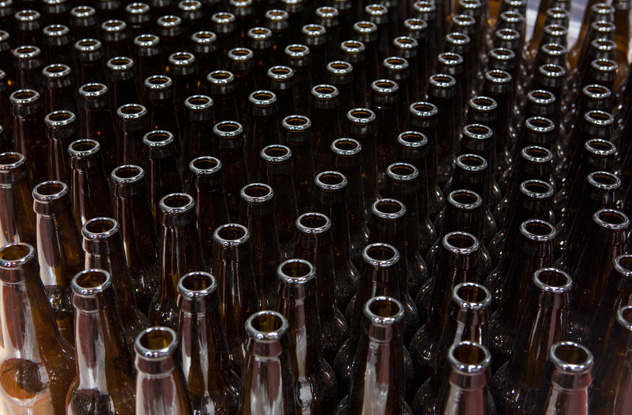6. THE APATANI PLUG
Living in the Ziro dell in the state of Arunachal Pradesh in India’s northeast, the women of the Apatani tribe were regarded as the most beautiful females among all the Arunachal tribes. Unfortunately, since everyone likes beautiful ladies, they were invaded by people from other tribes and so, they had to make themselves look ugly to repel any invader. In order to remain safe from the intruders, the Apatani women started to plug wooden corks in their noses, which is a custom not braced by the younger members of the 26,000 people-strong tribe today.
5.DINKA’S FACE MARKING
You would definitely start shouting if a wizard brings a hot knife near you but be advised, for those Dinka boys and girls out there, this won’t be a ‘fight or flight’ situation. Instead, if they cry while the wizard is messing with their skin, they are going to mix their respect in mud. Facial scarification is a deadly custom (for most of us) established all over Sudan. Countless marks across the faces of tribesmen are meant for the identity of their tribe or craziest, beauty for women. With a rugged display of courage to the tribe, many of the Dinka members scratch their faces with three similar lines across their temple. As a side note, getting scars by a Dinka boy marks their transition to manhood.
4.THAI MEN’S PIERCING
vegetarian festival in Phuket boasts trance and heavy piercing by the local Thais. Just like the Dinka boys draw scars in their face, the Thai men put sharp bits and pieces (mostly metal things) right through their cheeks. To show that they are adults or as an act of dedication for themselves and for the entire public, the Thai men take piercing metals through their cheeks very easy. During the piercing session, which is held in October each year, other interesting activities include walking over hot coal and climbing ladder with bladed steps.
3. Tooth Sharpening
Tooth sharpening is nothing but manually brushing up the front incisors. Many cultures accept tooth sharpening like in Bali people, who regard teeth as sign of anger, jealousy, and other similarly negative emotions. Other than this, the teeth are sharpened by teenagers as a rite of passage. The Aborigines had also used teeth filling for various spiritual ‘whys and wherefores’, almost similar to classified Vietnamese and Sudanese tribes. Some people might even sharpen their teeth to look like animals as suggested by their culture or simply to get rid of a mandibular tooth during puberty.
2. The Lip Plate
Large discs are implanted right into a pricked hole in either the upper or lower lip (or both) and in so doing, elongating the skin. The discs are either made of clay, wood or plastic. This tradition is being upheld by a few groups in Africa and Amazonia. A lower lip plate is usually joined with two or more front teeth in Africa. While, the Sara and Lobi people insert the disc into the superior lip. The size of the disc is also a sign of social or economic importance in select tribes. One of the most extreme Cultural Body Modifications.
1. The KAYAN Coin
The Kayan women of Northern Thailand wear round brass coil around their necks and that’s the reason why they are popular. They are also known as ‘giraffe women’ (because their necks are awkwardly long) and they can insert upto 25 coils at once plus, those coils may never take off. It has been said that these women would not be able to support their neck or their neck would break but in fact, it’s not true. When children reach 5, they are given their first dose of coil.












































